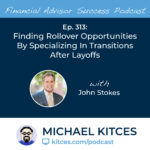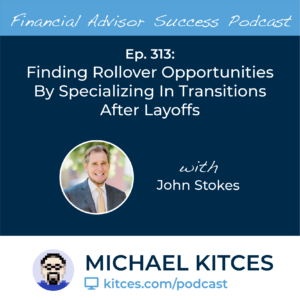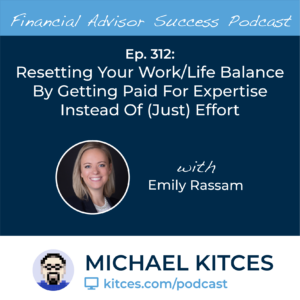The Setting Every Community Up for Retirement Enhancement (SECURE) Act, passed in December 2019, brought a wide range of changes to the retirement planning landscape, from the death of the ‘stretch’ IRA to raising the age for Required Minimum Distributions (RMDs) to 72. And nearly 3 years to the day after its predecessor was passed, the U.S. House of Representatives, on December 23, 2022, passed the Consolidated Appropriations Act of 2023, an omnibus spending bill that includes the much-anticipated and long-awaited retirement bill known as SECURE Act 2.0.
One of the major headline changes from the original SECURE Act was raising the age for RMDs from 70 ½ to 72, and SECURE 2.0 pushes this out further to age 73 for individuals born between 1951 and 1959 and age 75 for those born in 1960 or later. In addition, the bill decreases the penalty for missed RMDs (or distributing too little) from 50% to 25% of the shortfall, and if the mistake is corrected in a timely manner, the penalty is reduced to 10%.
In addition, SECURE 2.0 includes a significant number of Roth-related changes (both involving Roth IRAs as well as Roth accounts in employer retirement plans), though notably, the legislation does not include any provisions that restrict or eliminate existing Roth strategies (e.g., backdoor Roth conversions). These changes include aligning the rules for employer-retirement-plan-based Roth accounts (e.g., Roth 401(k) and Roth 403(b) plans) with those for individual Roth IRAs by eliminating RMDs, creating a Roth-style version of SEP and SIMPLE IRA accounts, allowing employers to make matching contributions and non-elective contributions to the Roth side of the retirement plan instead of just the pre-tax portion (though participants will be subject to income tax on such contributions), and allowing for transfers from 529 plans to Roth IRAs (with significant restrictions).
SECURE 2.0 also includes several measures meant to encourage increased retirement savings. These include making IRA catch-up contributions subject to COLAs beginning in 2024 (so that they will increase with inflation from the current $1,000 limit), while also increasing 401(k) and similar plan catch-up contributions; creating a new “Starter 401(k)” plan (aimed at small businesses that do not currently offer retirement plans; such plans would include default auto-enrollment and contribution limits equal to the IRA contribution limits, among other features); and treating student loan payments as elective deferrals for employer matching purposes in workplace retirement accounts, which would allow student loan borrowers to benefit from an employer match even if they can't afford to contribute to their own retirement plan.
Ultimately, the key point is that while no single change in SECURE 2.0 will require the same level of urgency to consider before year-end changes to clients’ plans as did the original SECURE Act or have the same level of impact across so many clients’ plans as the elimination of the stretch, there are far more provisions in SECURE 2.0 that may have a significant impact for some clients than there were in the original version, making it a more challenging bill for financial advisors and other professionals to contend with (yet providing many new potential opportunities)!




 Welcome back to the 313th episode of the Financial Advisor Success Podcast!
Welcome back to the 313th episode of the Financial Advisor Success Podcast!

 Welcome back to the 312th episode of the Financial Advisor Success Podcast!
Welcome back to the 312th episode of the Financial Advisor Success Podcast!
